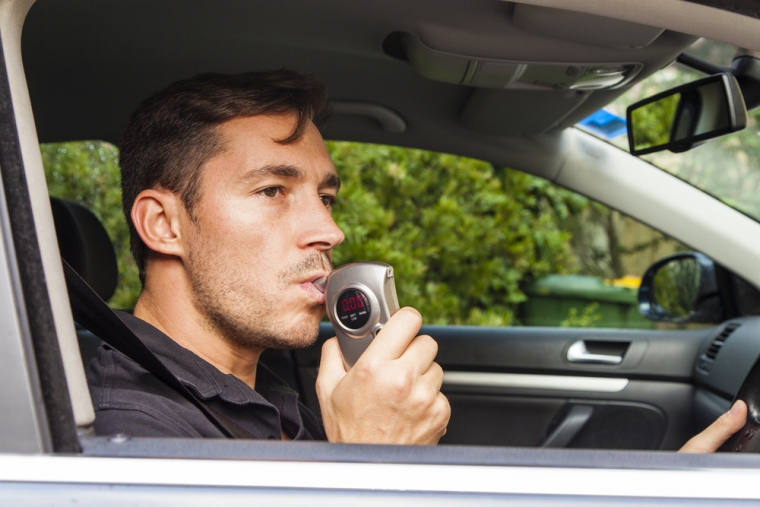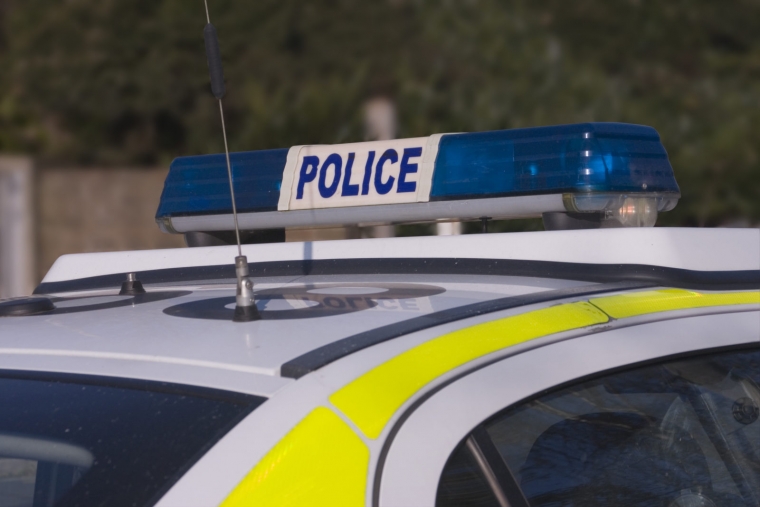Four out of five Scottish drivers believe the rest of the UK should bring its drink-drive limit in line with that north of the border.
December 5 marks the fifth anniversary of the drink drive limit being lowered in Scotland and a new study has found overwhelming support for it, as well as a change in attitudes among many drivers.
The Scottish limit was reduced on December 5, 2014 from 80mg of alcohol in 100ml of blood to 50mg/100ml. The move left England, Wales and Northern Ireland with the highest drink drive limit in Europe, along with Malta.
In a poll to assess attitudes on the anniversary of the change, breathalyser manufacturer Alcosense Laboratories, asked Scottish drivers whether they supported the move and how the lower limit had affected their drinking habits.
It found that more people supported the lower limit now than when it was introduced (83 per cent compared to 77 per cent) and more than half (53 per cent) had reduced what they drank if they knew they were driving later that day or the next morning.

Almost four in ten (38 per cent) said that if they do drive to a pub or restaurant, they will consume no alcohol at all and 42 per cent claimed that the lowering of the limit has resulted in them consuming less alcohol generally.
Zero tolerance
When asked if the rest of the UK should adopt the 50mg/100ml 80 per cent were in favour and there was significant support for going even further.
A third of respondents thought that the Scottish drink drive limit should be reduced to zero – as in countries such as Hungary, Russia and the Czech Republic – and one in five said the limit should be lowered to 20mg, which is the recommendation of the European Transport Safety Council and applies in Norway, Poland and Sweden.
Read more: Drink-drive deaths rise to eight-year high
Increased risk even under the limit

“Based on these findings, the number of drivers on Scottish roads with alcohol in their system has significantly reduced”, commented Hunter Abbott, managing director of AlcoSense Laboratories.
“The risk of being in a fatal accident increases exponentially as blood alcohol levels rise – even if you are below the drink drive limit.
“With just 10mg of alcohol in your blood (one fifth of the Scottish limit) you are 37 per cent more likely to be involved in a fatal crash. Being under the legal limit does not mean unimpaired.
“With so many Scottish motorists converting to driving with no alcohol in their system at all, the roads are safer than before the law change”.
Read more: How accurate are home breathalysers?
Need to restore police numbers
Although many Scottish drivers say they have changed their habits, official data shows there has been virtually no change in the number of drink-drive convictions since the limit was cut, with 3,649 convictions in 2017/18 compared with 3,681 in 2014/15.
Mr Abbott added: “Although most Scottish motorists have adjusted their habits and now drive when completely clear of alcohol, the number of drink drive prosecutions has stayed relatively consistent over the last five years.
“This is because there will always be a hard core of motorists who drive under the influence, no matter what the law says – whether due to ignorance, arrogance, or social and addiction issues.
“The limit change will not have an effect on these drivers until they are caught – which requires the return of greater police numbers, more breath tests and a well-funded and consistent anti-drink drive awareness campaign.”

